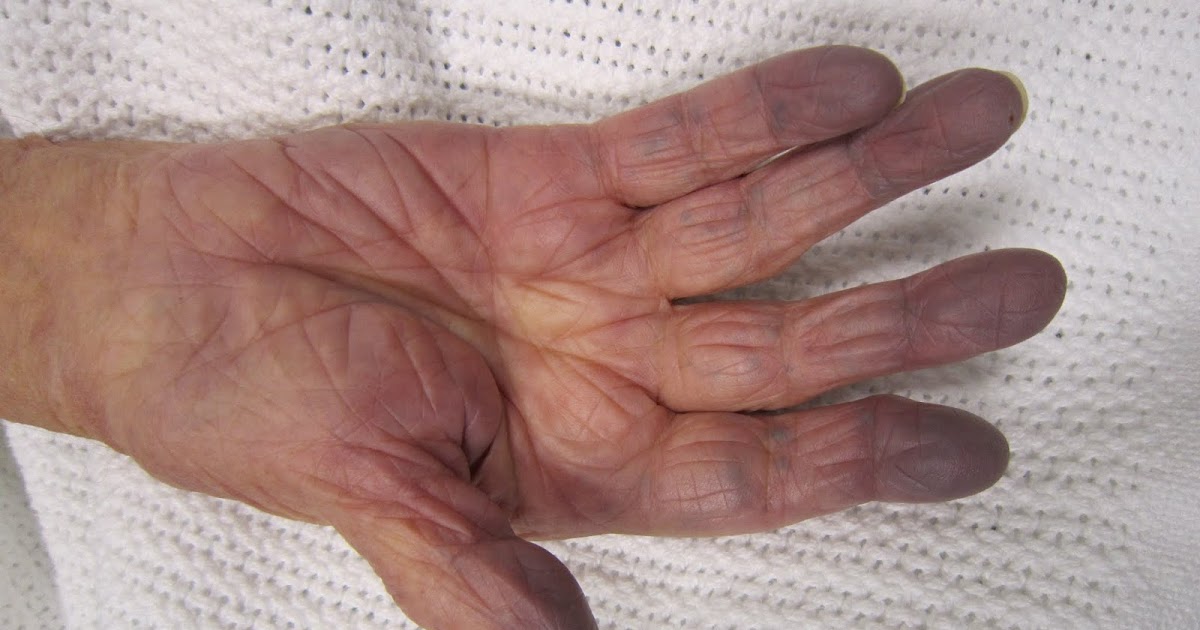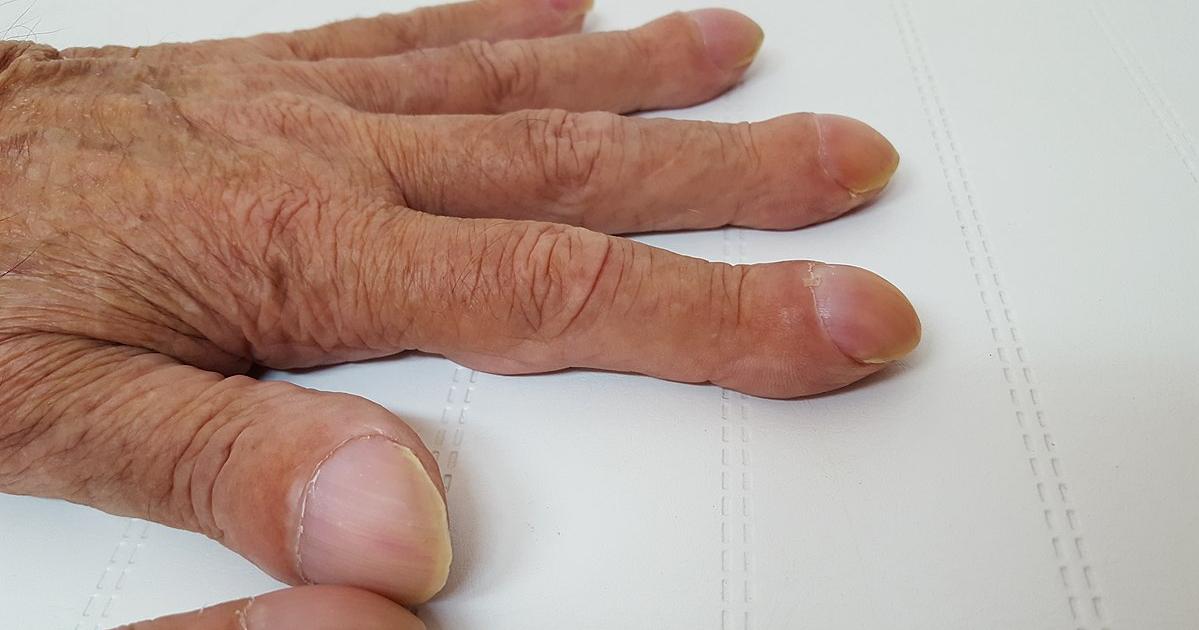Guide To Hepatopulmonary Syndrome Warning Signs
Finger Or Toe Clubbing
Finger or toe clubbing are often seen in numerous disorders that cause malabsorption and low blood oxygen levels. Clubbing occurs when there is a build up of tissue in the distant areas of the fingers that causes the nails to curve downward and the ends of the fingers to become enlarged. It starts with a build-up of fluid in the ends of the fingers or toes, and over time connective tissue develops. The volume and density of the tissues in affected areas will increase as more tissues develop. This tissue swelling causes distortion of the normal nail plate and skin placement. The base of the nail will also become swollen, red, and spongy-like. While finger and toe clubbing may sound painful, most patients who experience clubbing will not feel any pain from it. The occurrence of clubbing in individuals with hepatopulmonary syndrome could be a result of blood vessel dilation in the distant areas of the fingers that may trigger the development of extra connective tissue.
Get the details on more hepatopulmonary syndrome warning signs now.
Cyanosis

Cyanosis is a condition where the fingertips, feet, or hands turn blue because they are not receiving an adequate supply of oxygenated blood. Many things can cause cyanosis to occur such as circulation problems, tight jewelry, and cold temperatures. The lips, tongue, and other parts of the body can also be affected. When cyanosis occurs, the skin of the affected area turns blue or green and feels cold to the touch. The most common areas affected are the fingertips and feet because they are the most distant from the heart, which means the blood has to travel further to reach the hands and feet. The dark coloring of the affected areas is due to the dark red color of the oxygen-poor blood. The dark red underneath the skin reflects more blue light, making the skin appear a blue or green hue. Oxygen-rich blood is bright red and does not reflect blue light. Hepatopulmonary syndrome patients will experience cyanosis because they are not carrying enough oxygen in their red blood cells to deliver to the affected areas. Essentially, there is adequate blood flow, but there is not enough oxygen present in that blood.
Discover more symptoms of hepatopulmonary syndrome now.
